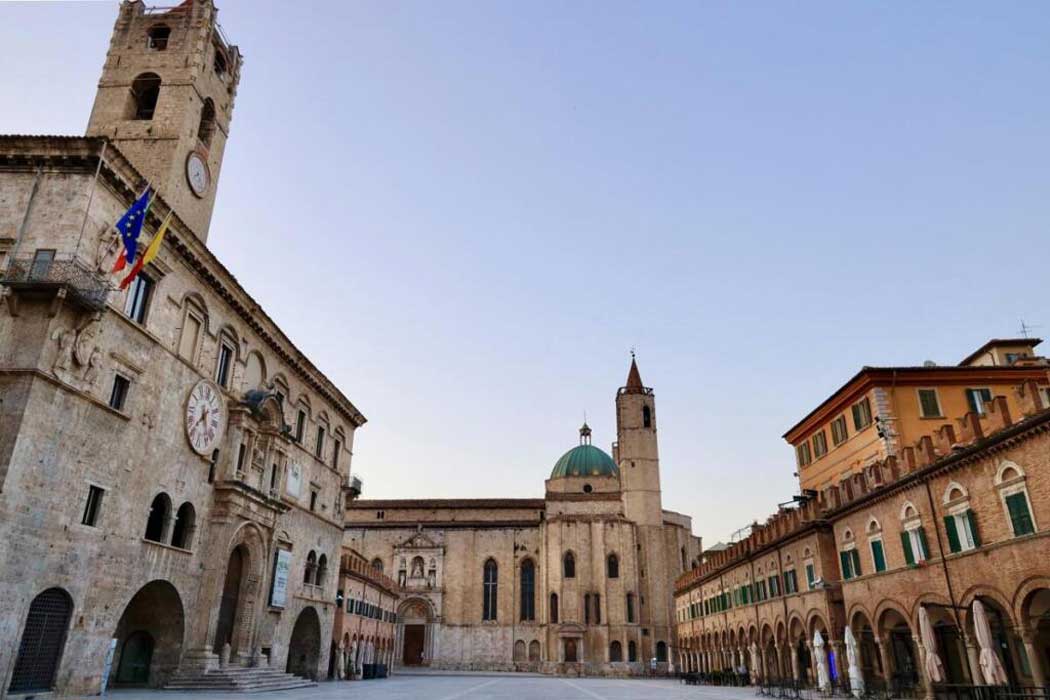
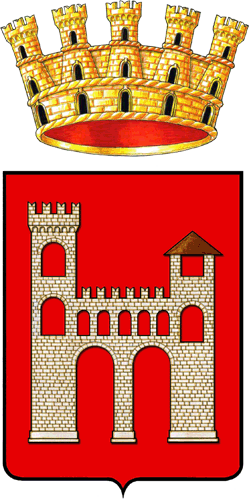
Ascoli Piceno, is one of the most beautiful cities in Italy born on a gentle hill in the Marche region in the Tronto Valley, right at the confluence of the Tronto and Castellano. Its location is incredible, Ascoli is surrounded by the mountains of the Gran Sasso and Monti della Laga National Park and the Monti Sibillini National Park and is only 28 km from the Adriatic Sea.
It is called the ‘City of the Hundred Towers’ for the beauty of its historic centre, first medieval, then Renaissance and then 19th century.
In its name is its history, so Ascoli was the city of the tenacious people of the Piceni, whose symbol is a woodpecker that recalls the name of a king or of the bird that guided them over these territories, and the addition of the name Piceno it was given by Julius Caesar. There are several legends about the name ‘Ascoli’ and one of these traces it back to King Esio or Aesis of the Pelasgians who led this people from Greece to their current position.
Its Roman history began when it allied itself with Rome against the Samnites and won the title of Federated City. The Romans built the Via Salaria and Ascoli became a landmark in the region. But during the civil war in Rome, it rebelled against power and was besieged and razed to the ground by Pompey in 89 BC. and the following year it became a Municipium of Rome and included in the V Regio Picenum.
The magnificence of Roman Ascoli is recalled in the remains of a large theatre, the city gates, Roman bridges such as the Gran Caso where the Via Salaria and the majestic Solestà sul Tronto passed.
Another Roman bridge is the Cecco bridge which a medieval legend tells was built in one night by the devil.
After the fall of the Roman Empire, Ascoli had a new period of stability with the arrival of the Lombards and the inclusion in the Duchy of Spoleto.
From this period there are medieval villages born around fortresses such as Castel Trosino, a viewing and defence point not far from the urban centre.
At the same time, after the fall of the empire, the Catholic Church began a territorial organization with the arrangement of the episcopal dioceses and with the formation of numerous monasteries to support knowledge and the population. In Ascoli a first nucleus of Benedictine monks was formed on the slopes of Colle San Marco, which would later host the Franciscan monks.
The Lombards were then defeated by the Franks called by the church with which they had made a pact. Charlemagne was crowned emperor and gave birth to the Papal State and the pope king. In this period, the Carolingian dynasty entrusted the government of the city of Ascoli to Bishops/counts who were feudal lords in all respects, provided the emperor with an army and were a contact point between the papacy and the empire. A strength to the point that the king of the Franks granted the bishop Bernard I the right to mint money.
Ascoli, however, is part of the struggle between the Guelphs and Ghibellines and in 1183, Ascoli became a free municipality where the lords competed in magnificence by building towers and entering into rivalry with the nearby Fermo. Ascoli had about two hundred towers before Frederick II conquered it and destroyed about ninety.
In 1215 St. Francis of Assisi passed through Ascoli and the beautiful church was then built in his honour.
The rivalry between the papacy and the empire reached its peak with the Swabian dynasty of Frederick II, who was born in Jesi and had conquered all of southern Italy. The pope then called the Angevins from France to stop Frederick II’s heirs.
Ascoli Piceno then became a free municipality and the Palazzo dei Capitani del Popolo (Palace of the Captains of the People) was built where the administration of the municipality resided.
But the fights between local families (D’Acquaviva, Guiderocchi, Saladini) and the rivalry with Fermo were deleterious.
Around the beginning of the fourteenth century, the people of Ascoli called Galeotto Malatesta to help them against Fermo and the leader ruled Ascoli for a certain period. The Malatesta family built their own fortress above the ancient Roman baths, which drew healthy water from Castel Trosino, and had the Pia Fortress restored. But their cruelty was such that in 1353 the people rebelled, expelled Galeotto and destroyed the fort whose square tower only remains today.
For a certain period Ascoli was part of the southern kingdom: it was conquered by the king of Naples, Ladislao I and given to the Count of Carrara who had also been appointed prince of Ascoli and Viceroy of Abruzzo.
The church resumed its territories by entrusting them to the cardinal and leader Giovanni Maria Vitelleschi but once again his firmness opened the doors to another leader, Francesco Sforza. He arrived from Milan for a very short period he was lord of many places in the Marche, his cruel government ended in 1482 when Ascoli definitively entered the Papal State.
Apart from the continuous internal struggles and the rivalry with Fermo, the city was rebuilt with the new headquarters of the Palazzo dell’Arengo, which later became the seat of the Governors, and the arrangement of the Sangallo della Rocca Pia, which took its name from Pope Pius IV. Many people from Ascoli worked on its construction, each being forced to give 3 days of work a year.
At the end of the Middle Ages, the mills were also constructed and the famous paper mills of Ascoli were started, several times suffering from the floods of the river and eventually being abandoned in the seventeenth century.
In the eighteenth century the Temple of Sant’Emidio alle Grotte wasbuilt where, according to tradition, the saint came on foot with his head in his hands after being beheaded in 303 AD. The church was built as thanks for having protected Ascoli from the terrible earthquake of 1703 in L’Aquila.
In 1799 the French of Napoleon Bonaparte arrived and, after looting and robbery, they dismantled the Pia Fortress using it as a stone quarry.
With the reconquest of the Papal State, the Malatesta Fort became a prison but two theatres were built: the Ventidio Basso Theatre and the Philharmonic Theatre.
In 1860, Ascoli Piceno was annexed to the Kingdom of Italy and a period of rebellion began with forms of post-unitary banditry. We must also mention the story of the monumental tree by Piccioni, where the commander of the Papal Auxiliaries, who rebelled against the Savoy, took refuge in its trunk.
Worthy of note is the Quintana knightly tournament, an event that was born in the Middle Ages to celebrate the patron Saint Emidio and which still involves the whole city for a month. The historical re-enactments are taken from the writings of the Statutes of 1377.



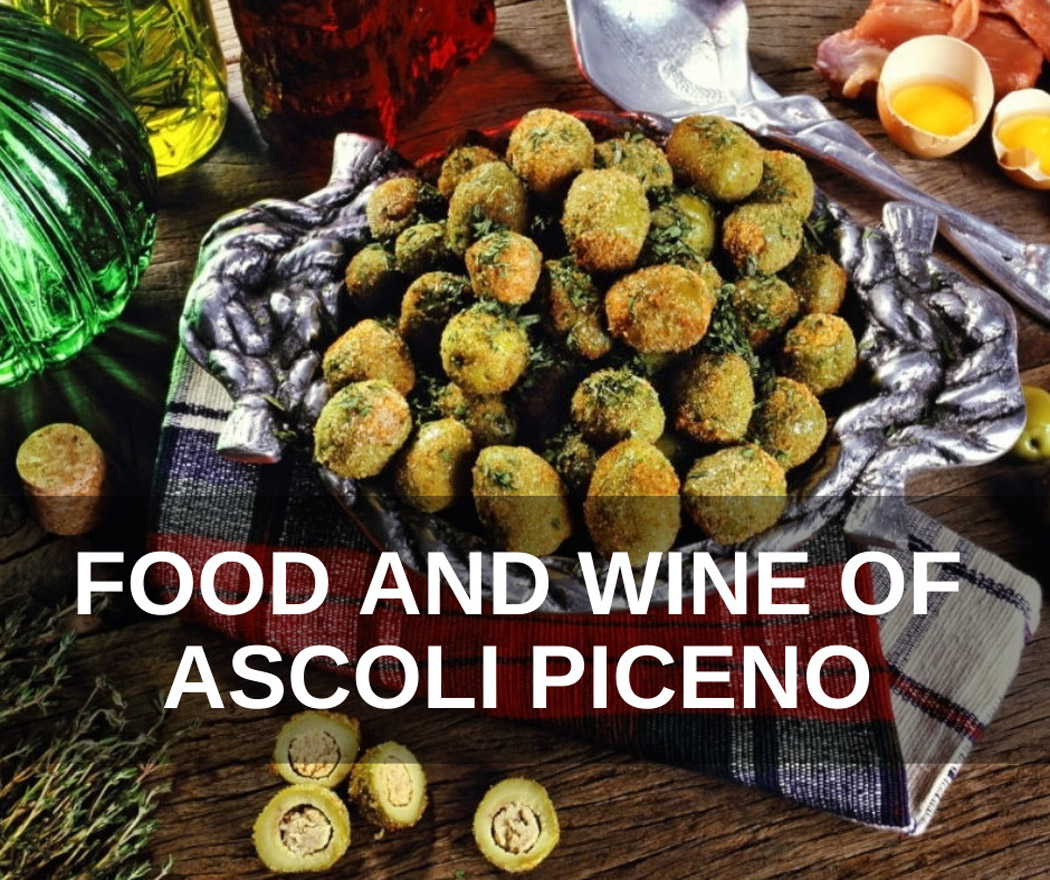
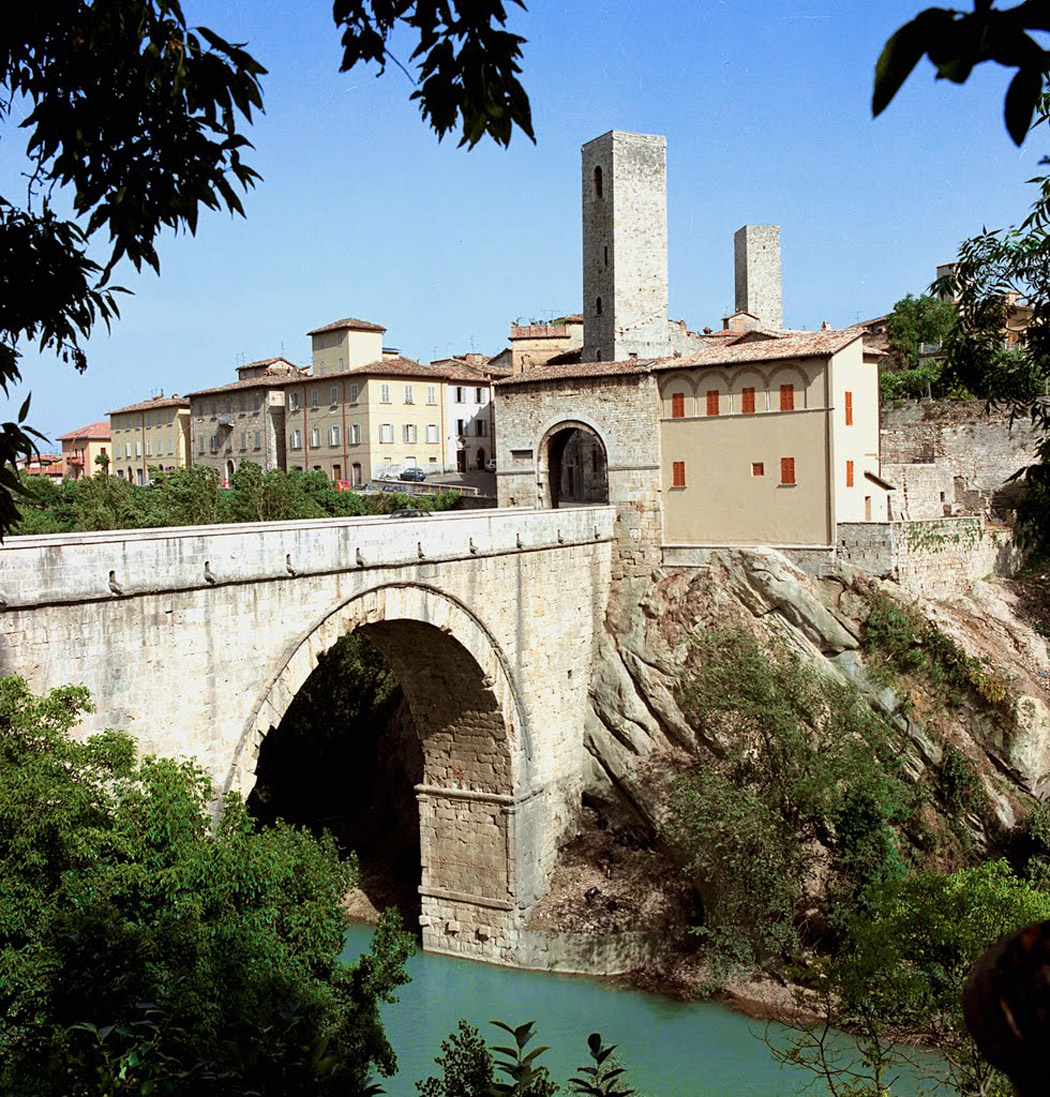
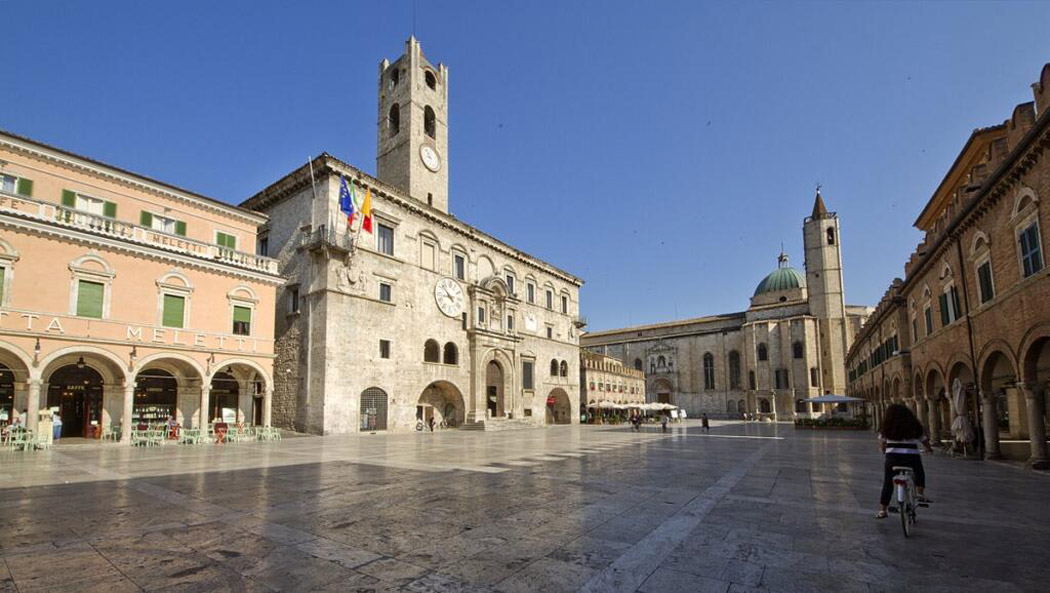
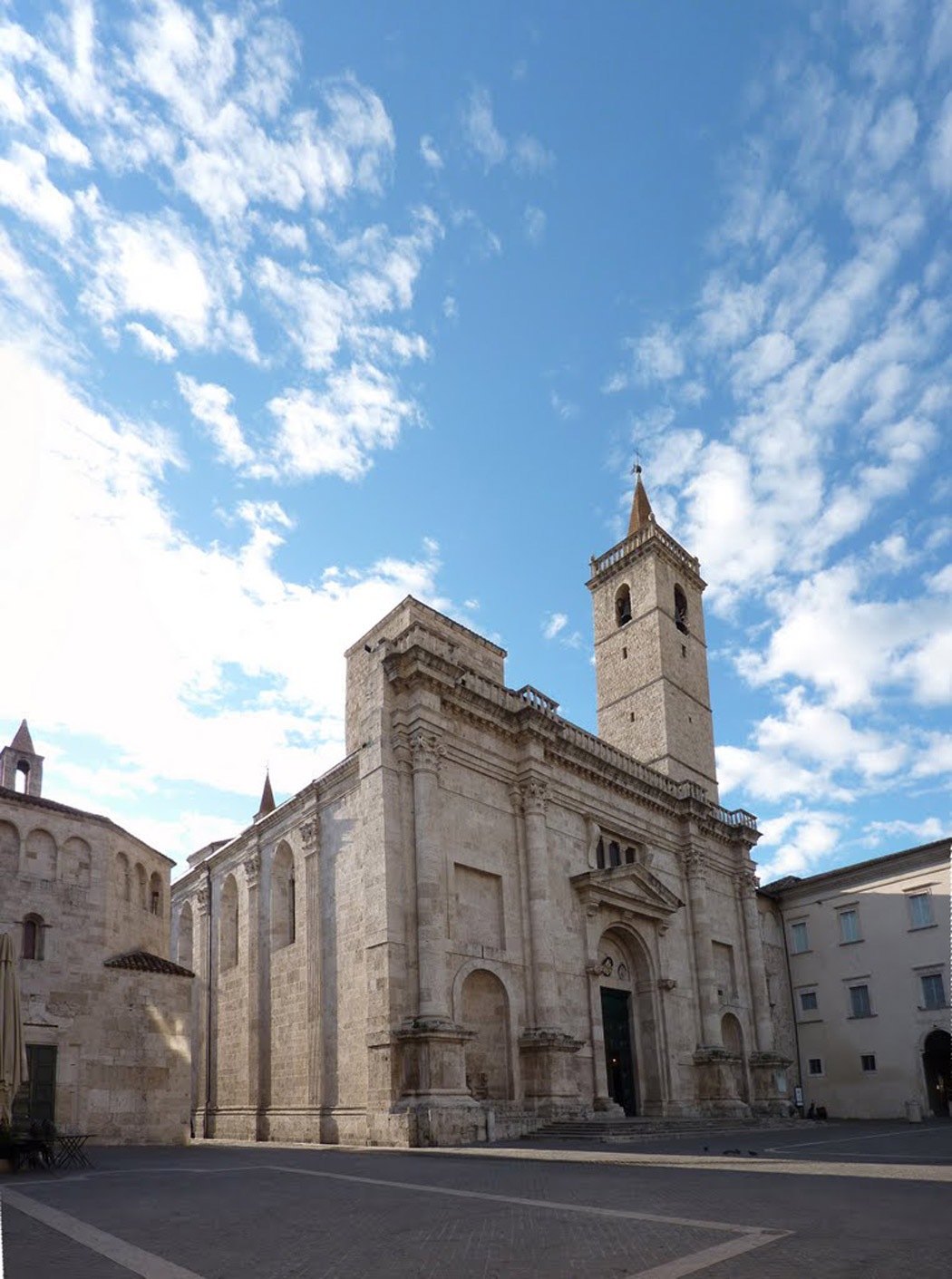

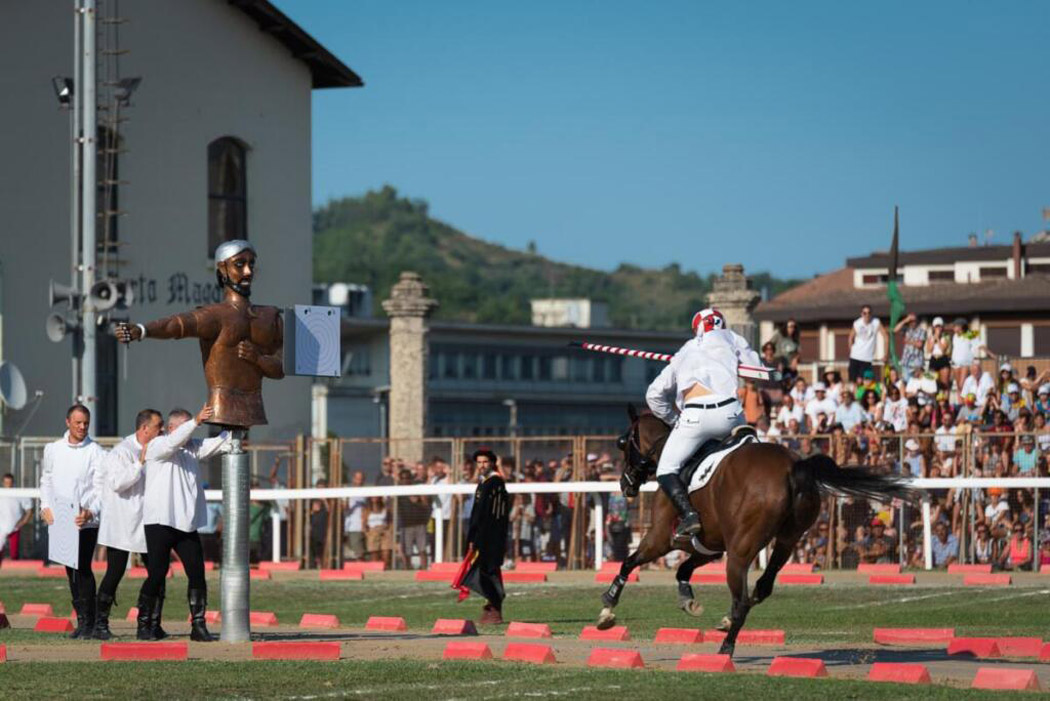
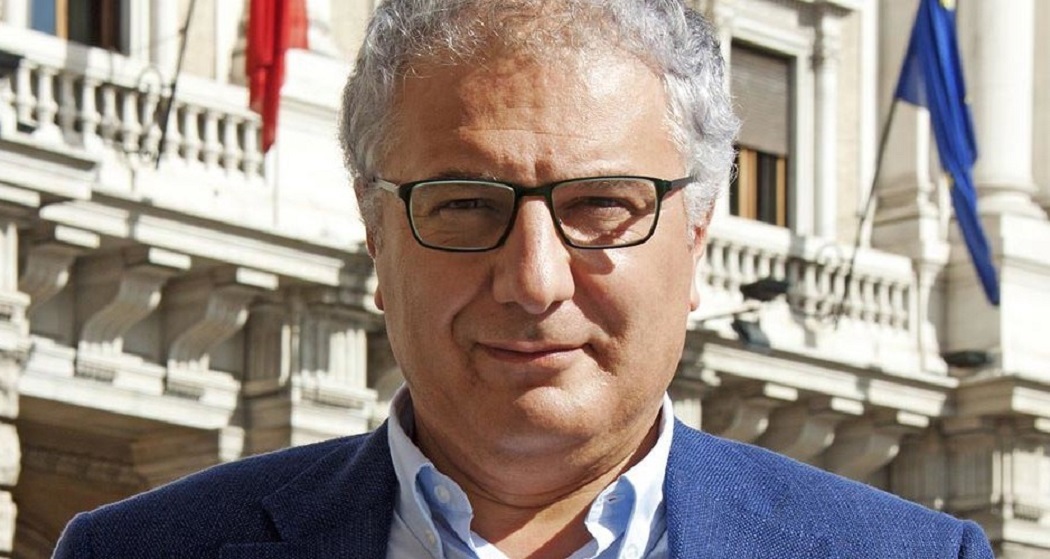
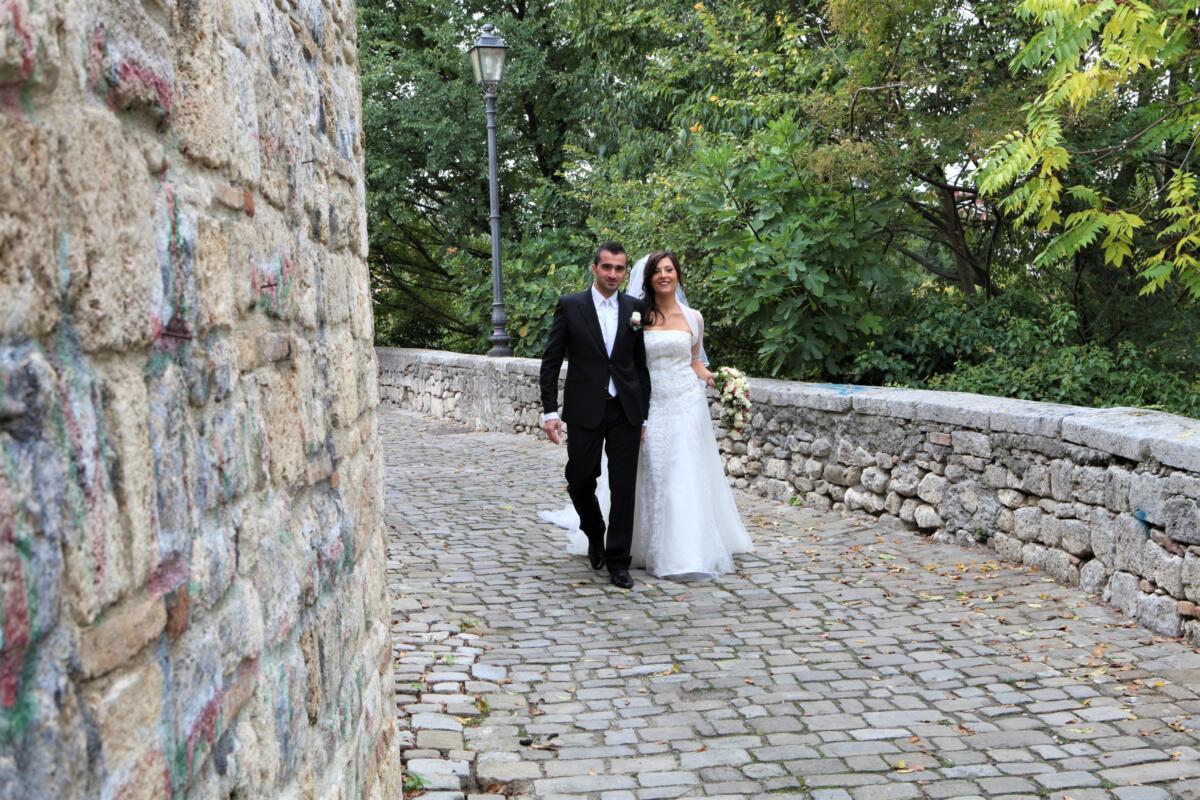

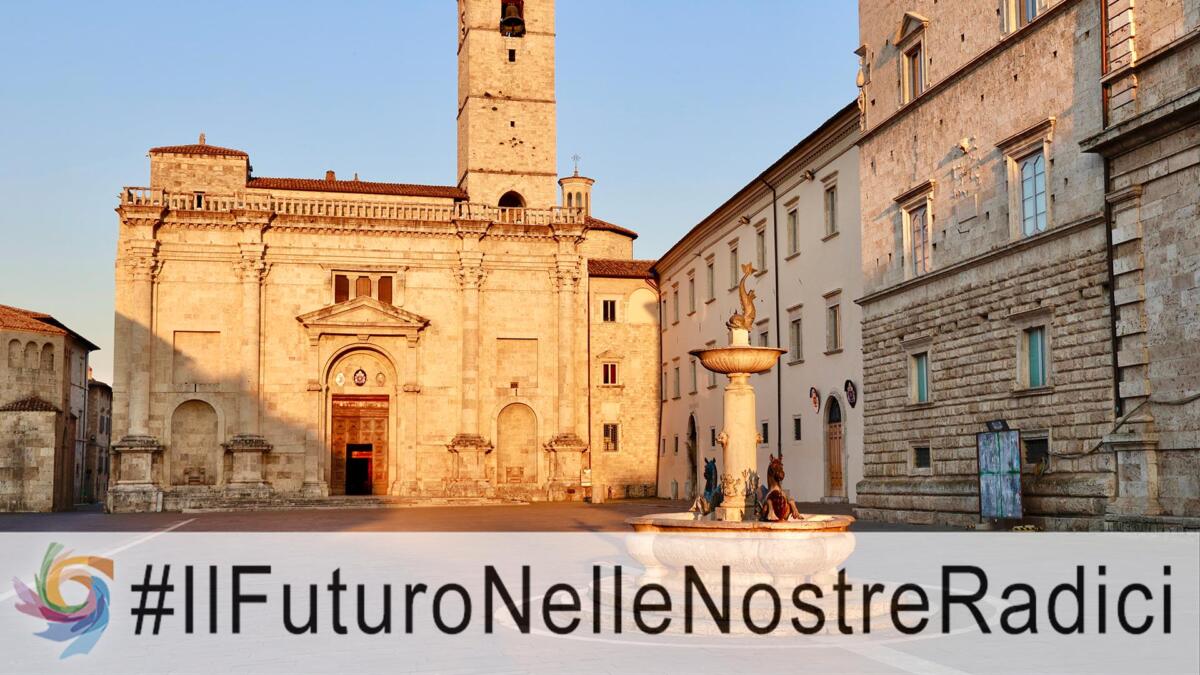
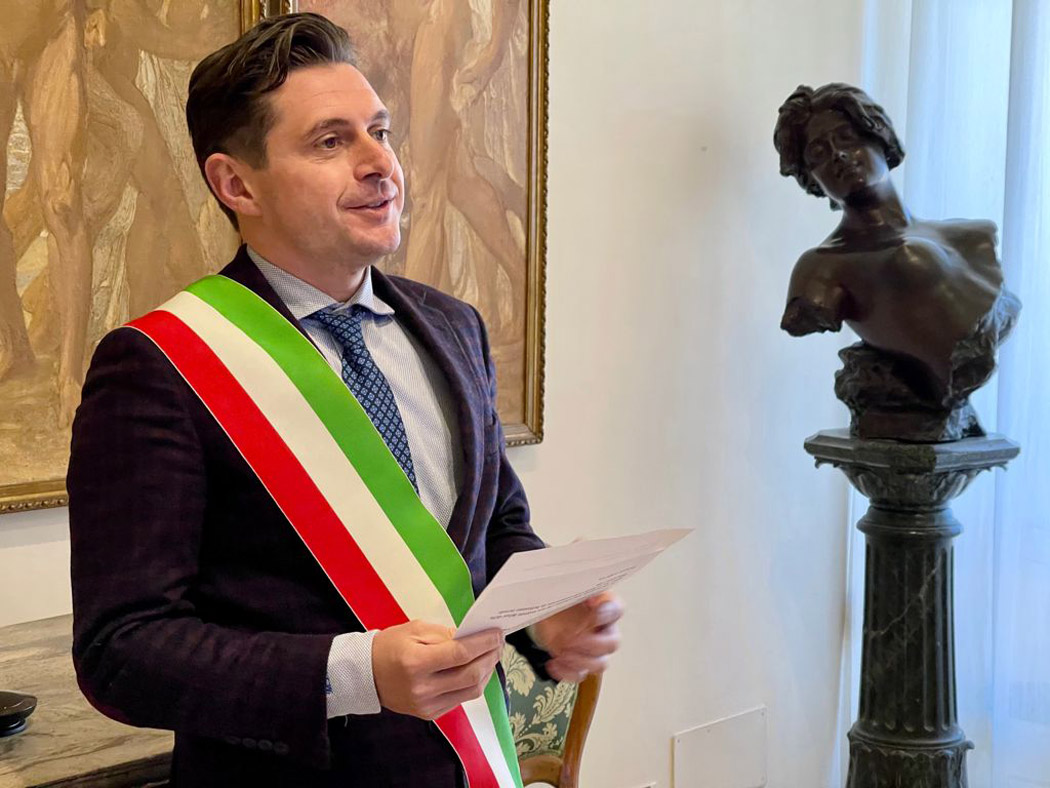




Follow us